
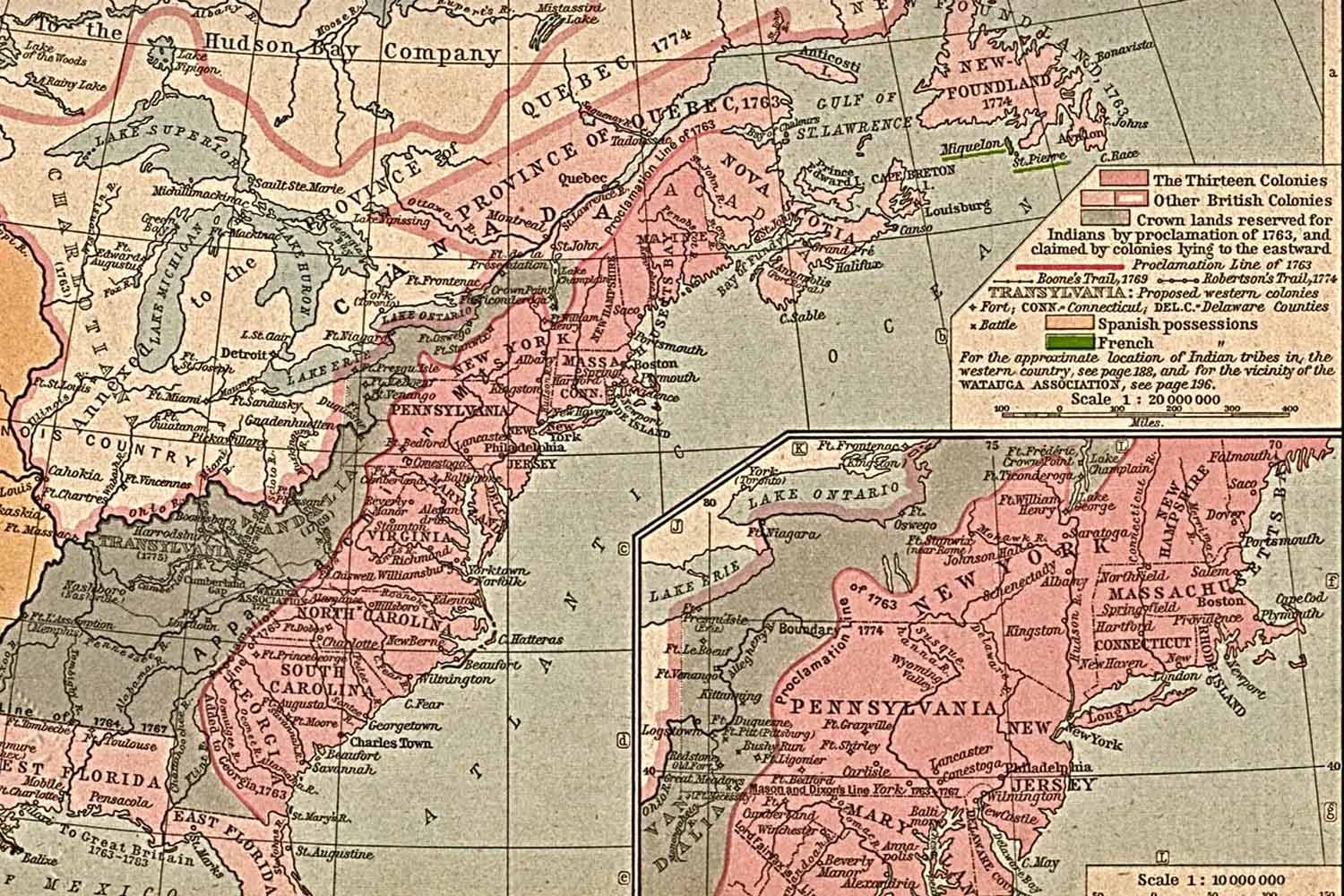
The American Revolution Moves West
Soon after the Battles of Lexington and Concord, the fledgling United Colonies invaded the British Province of Quebec. Despite the heroic efforts of men like General Richard Montgomery, Colonel Benedict Arnold, and Colonel Daniel Morgan, the 1775-76 invasion failed at the granite walls of Quebec City. A second, lesser known invasion, led by George Rogers Clark succeeded wonderfully a few years later, resulting in the largest capture of British territory during the American Revolution.

The Battle of Point Pleasant
Colonel Andrew Lewis and his 800 Virigina militiamen began setting up camp at Point Pleasant upon their arrival on October 6, 1774. Lewis selected this high ground where the Great Kanawha River empties into the Ohio because it provided “a most agreeable prospect” for an encampment. From this spot, where the Ohio River was 700-yards wide, Lewis felt he could observe any Indian activity and not be caught unawares.
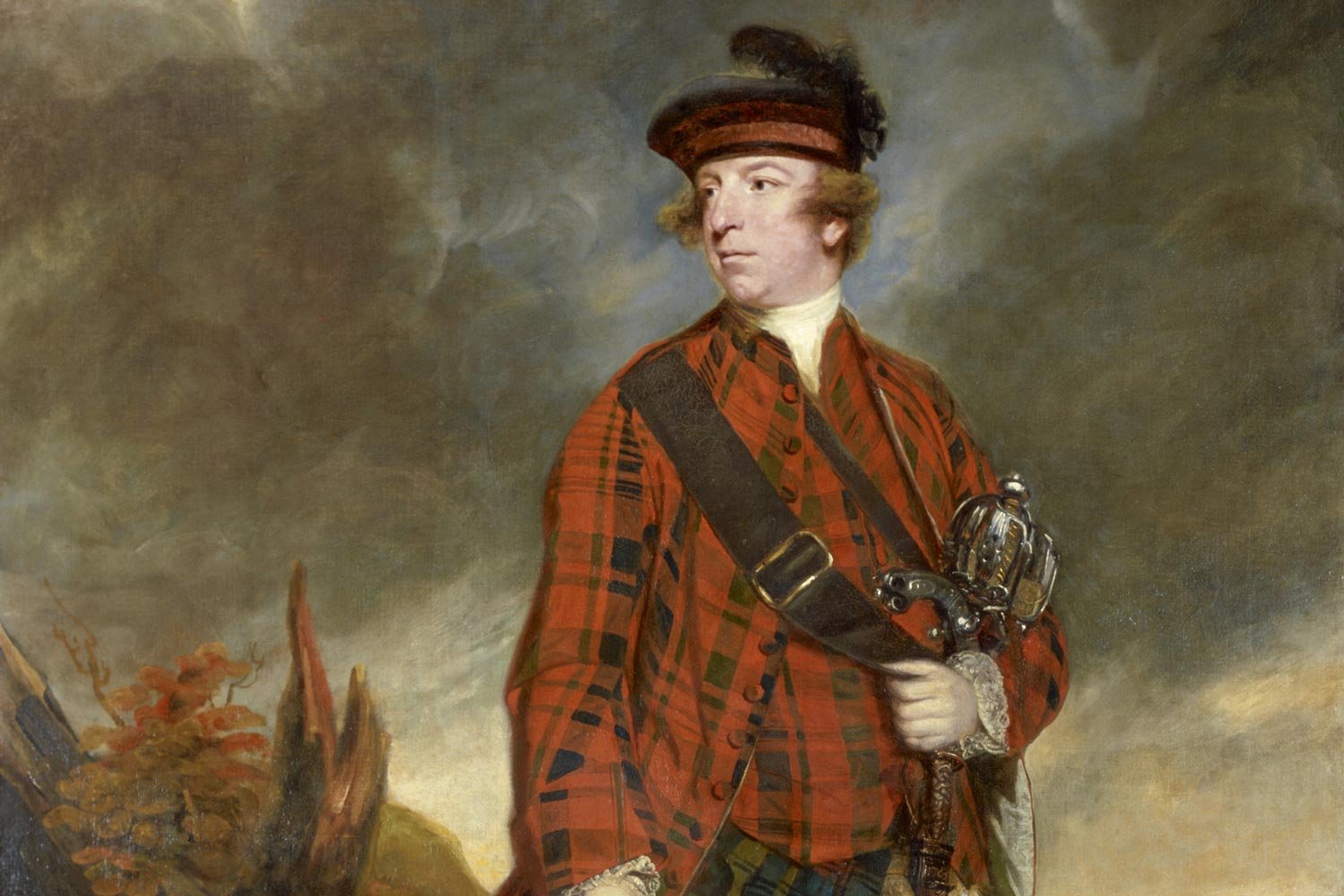
Lord Dunmore’s War
By the end of 1765, peace was reached with the tribes who had participated in Pontiac’s rebellion, but all parties recognized this peace was tentative and temporary at best. The British colonist’s insatiable appetite for land and the Indians' need for huge swaths of unsettled wilderness for hunting were two incompatible desires.

Pontiac’s Rebellion Comes to an End
While Colonel John Bradstreet was relieving Fort Detroit, the southern expedition under Colonel Henry Bouquet was assembling at Carlisle before moving to Fort Pitt, the jumping off point for the campaign. Bouquet’s contingent arguably had the tougher assignment, that of penetrating deep into the heartland of the Delaware and Shawnee nations where every step through the trackless forest would be observed.

British Retake Great Lakes Region
On June 24, 1763, the schooner sent out by Major Henry Gladwyn to inform British authorities of the situation at Fort Detroit finally made it back with much needed provisions, men, and ammunition, greatly strengthening the garrison’s resolve. Four weeks later, a second relief force of twenty-two ships, commanded by Captain James Dalzell with 280 men from the 55th and 80th Regiments, arrived at Fort Detroit on July 29.
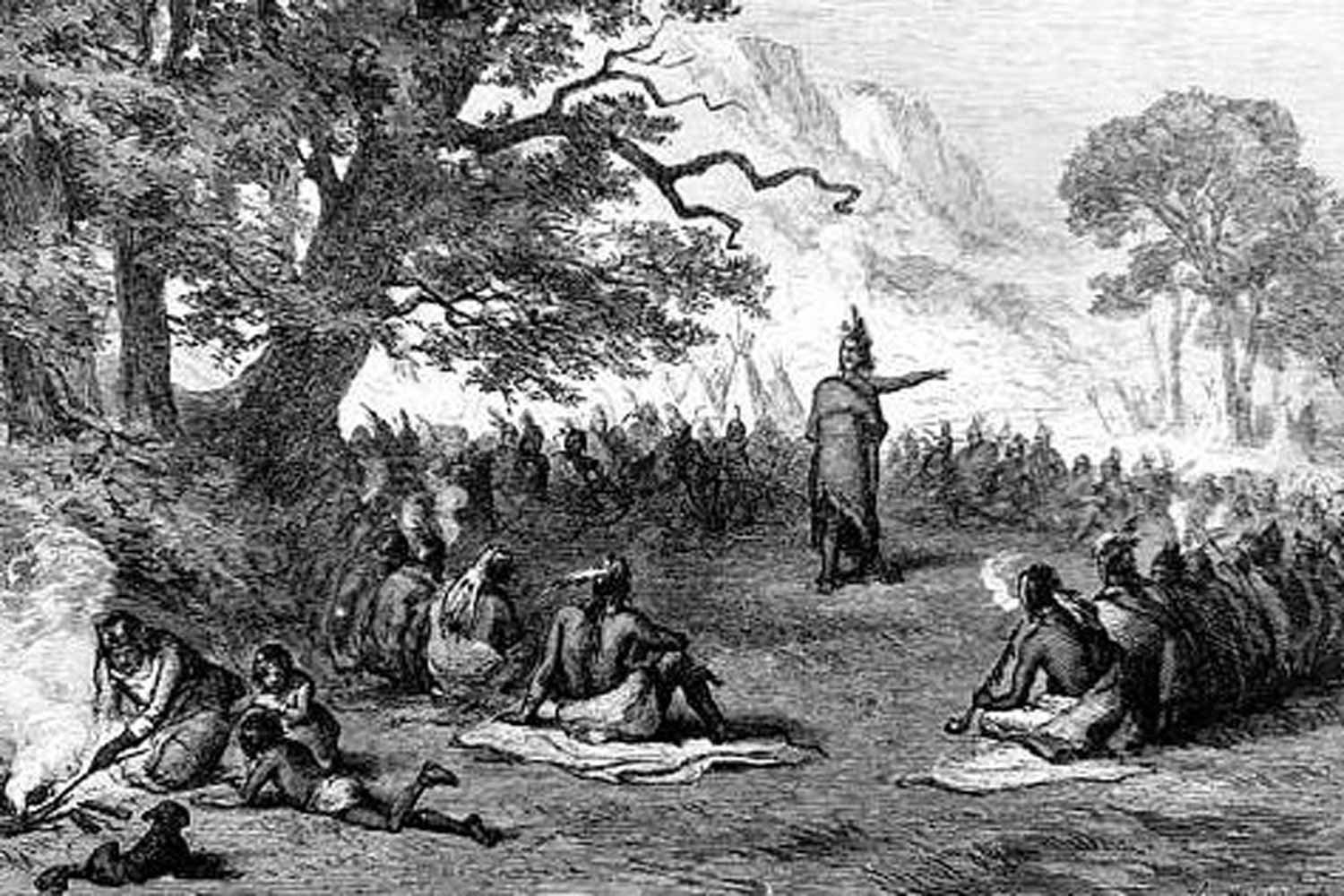
Pontiac’s War Moves East
With the forts around the Great Lakes taken by early June 1763, Pontiac’s Rebellion moved east towards the remaining British outposts along the frontier and the settlements just beyond. The following months would bring unprecedented bloodshed to American colonists, with long term consequences to colonial expansion plans.

British Outposts Fall During Pontiac’s Rebellion
In mid-May 1763, Pontiac attacked Fort Detroit and initiated his grand plan to drive the British from the Great Lakes. Word soon spread to Indian villages across the region and other tribes soon followed suit. By the time Pontiac’s Rebellion ended in 1765, it would be the deadliest Indian uprising ever in North America.
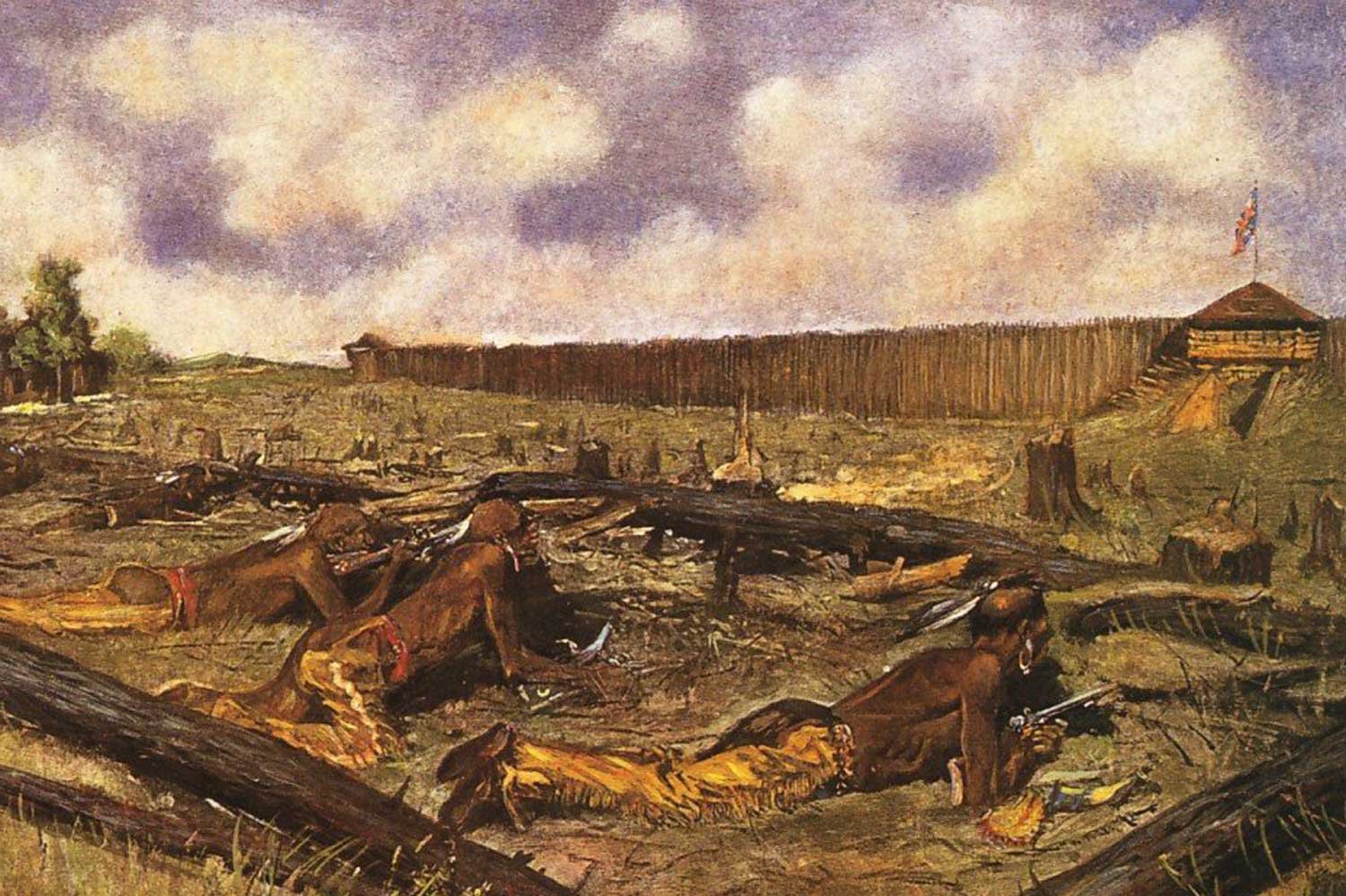
The Siege of Fort Detroit
All was set in May 1763 for an Indian uprising whose geographic extent and duration would surpass anything before or after in North America. The initial targets of Pontiac, the Indian mastermind behind the scheme, were nine British outposts, starting with Fort Detroit, the centerpiece of the region. Not coincidentally, this was the fort adjacent to Pontiac’s Ottawa village, with Potawatomi and Wyandot villages just across the Detroit River.
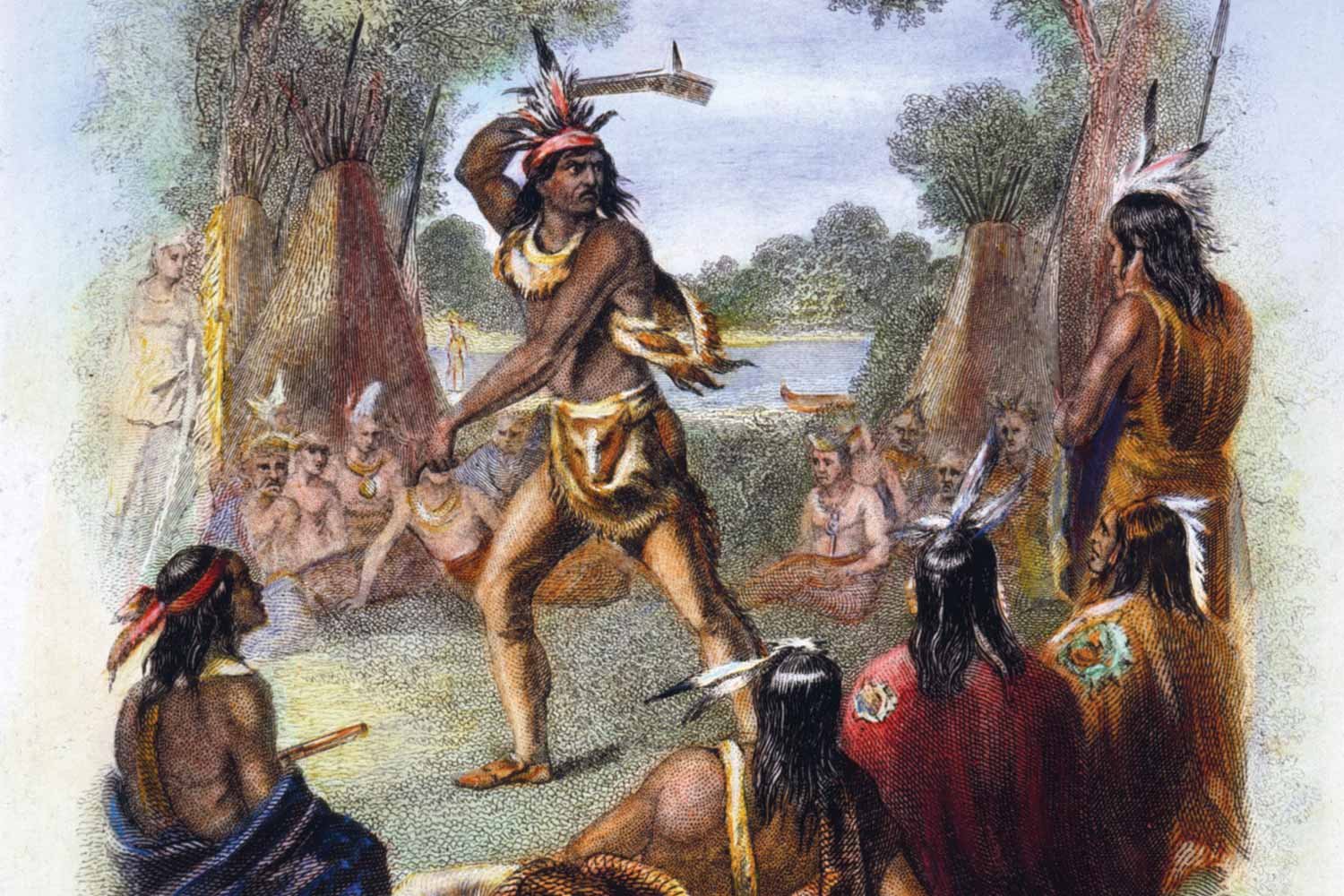
The Conspiracy of Pontiac
In the spring of 1763, following the conclusion of the French and Indian War, the Ohio Country and the Great Lakes region officially changed from French to British control. While markedly affecting the two European nations, the most significant impact fell on the Native Americans who lived in the region. Generally, these nations were unhappy with this transfer of power and worried that their way of life would be adversely affected. A charismatic Indian chieftain named Pontiac was determined to prevent this from happening.
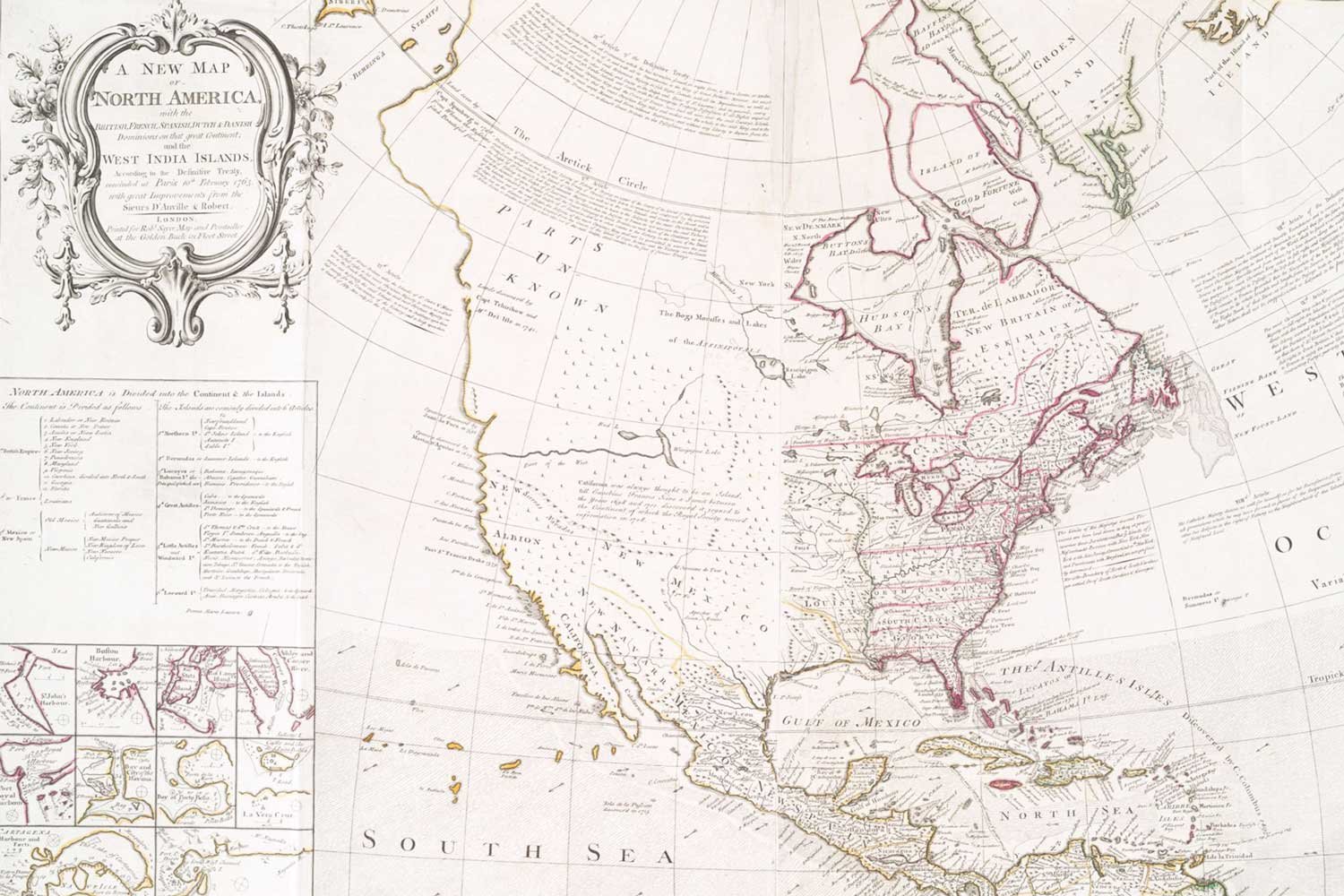
England Reigns Supreme Following French and Indian War
The British American experience since 1607 when the first English settlers arrived in Jamestown had largely been confined to the eastern seaboard north of Spanish Florida. As the British began to expand beyond this Atlantic bubble in the mid-1700s, they came into conflict with their longtime nemesis, the French, primarily over which nation would dominate the lucrative fur trade in the Ohio Country.

European Nations Vie for North America
To early generations of British Americans, largely confined to the Atlantic seaboard, the area beyond the Appalachian Mountains seemed mysterious, vast, and relatively unpopulated. It was all that, but it also had a long history of exploration by other European nations and within its boundaries lay the future of America.

The Siege of Ninety Six
In the spring of 1781, American forces under General Nathanael Greene rolled up the British garrisons in the interior of the Carolinas one by one. The last British holdout was the fortified town of Ninety Six, in the foothills of western South Carolina. Greene arrived on the scene with 1,000 men and commenced the siege of Ninety Six on May 22.




